Harith Gurunarayanan is a final year PhD student at Utrecht University. He is researching colloidal materials and self-assembly for surface-enhanced Raman spectroscopy (SERS). This allows chemical reactions taking place under extreme conditions to be observed in real time.
This video was produced in cooperation with ARC CBBC.
Why are you interested in this?
‘In our daily lives we use all kinds of chemicals such as gas, oil and plastics. But their production is very complicated and takes place at high temperatures. We also produce harmful and unnecessary by-products. We need catalysts to reduce these. It is important to design an efficient catalyst, but to do that we need to know how the catalyst works. So we need a tool to see what is happening in real time during the reaction. I’m working on a kind of sensor that can do that.’
Why are you using Raman spectroscopy?
‘With Raman spectroscopy you don’t destroy the products of the reaction. It uses visible light, a simple type of radiation that is not harmful to humans. It is easy to optimise and perfect for this kind of application.’
How do you optimise the technique?
‘I synthesise thermally stable sensor particles. They need to be stable up to 1,000 degrees Celsius. I am now at about 700 to 800 degrees. I am concentrating on processes with methane as an input. With my system, I can add the catalyst - gold nanostars with palladium or palladium silver - to the sensor particles. The reaction happens on the surface. When products are formed, I can see what they are. The nanorods are the actual sensors. I also want to be able to measure the small amounts of product that appear on the catalyst surface.’


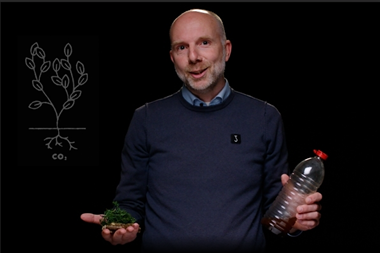
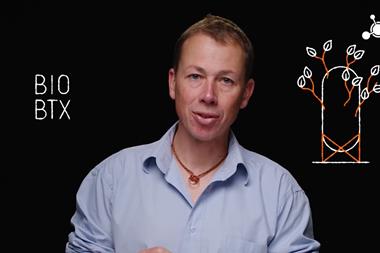
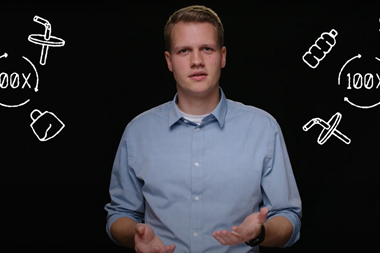
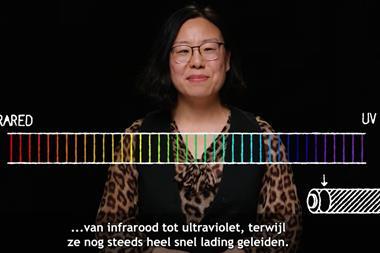
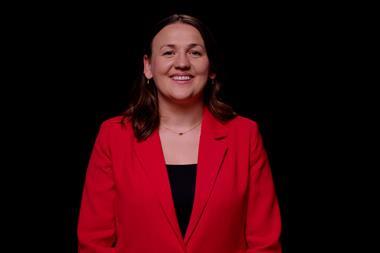

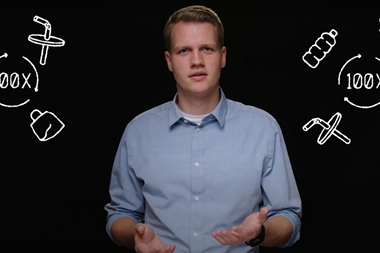
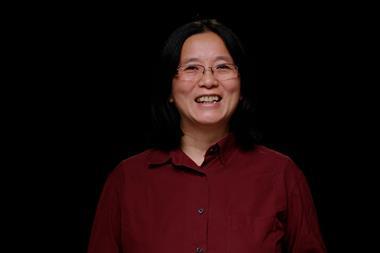










Nog geen opmerkingen